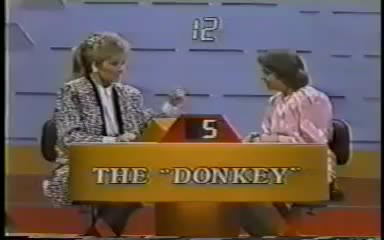‘The greater the artist, the greater the doubt. Perfect confidence is given to the less talented as a consolation prize.’ –Robert Hughes
The researchers were interested in how people jump to conclusions based on limited information. Previous work by Tversky, Daniel Kahneman and other psychologists found that people are “radically insensitive to both the quantity and quality of information that gives rise to impressions and intuitions,” so the researchers knew, of course, that we humans don’t do a particularly good job of weighing the pros and cons. But to what degree? […]
The key part of the experiment was that the participants were fully aware of the setup; they knew that they were only hearing one side or the entire story. But this didn’t stop the subjects who heard one-sided evidence from being more confident and biased with their judgments than those who saw both sides. That is, even when people had all the underlying facts, they jumped to conclusions after hearing only one side of the story.
The good news is that Brenner, Koehler and Tversky found that simply prompting participants to consider the other side’s story reduced their bias – instructions to consider the missing information was a manipulation in a later study – but it certainly did not eliminate it. Their study shows us that people are not only willing to jump to conclusions after hearing only one side’s story, but that even when they have additional information at their disposal that would suggest a different conclusion, they are still surprisingly likely to do so.



